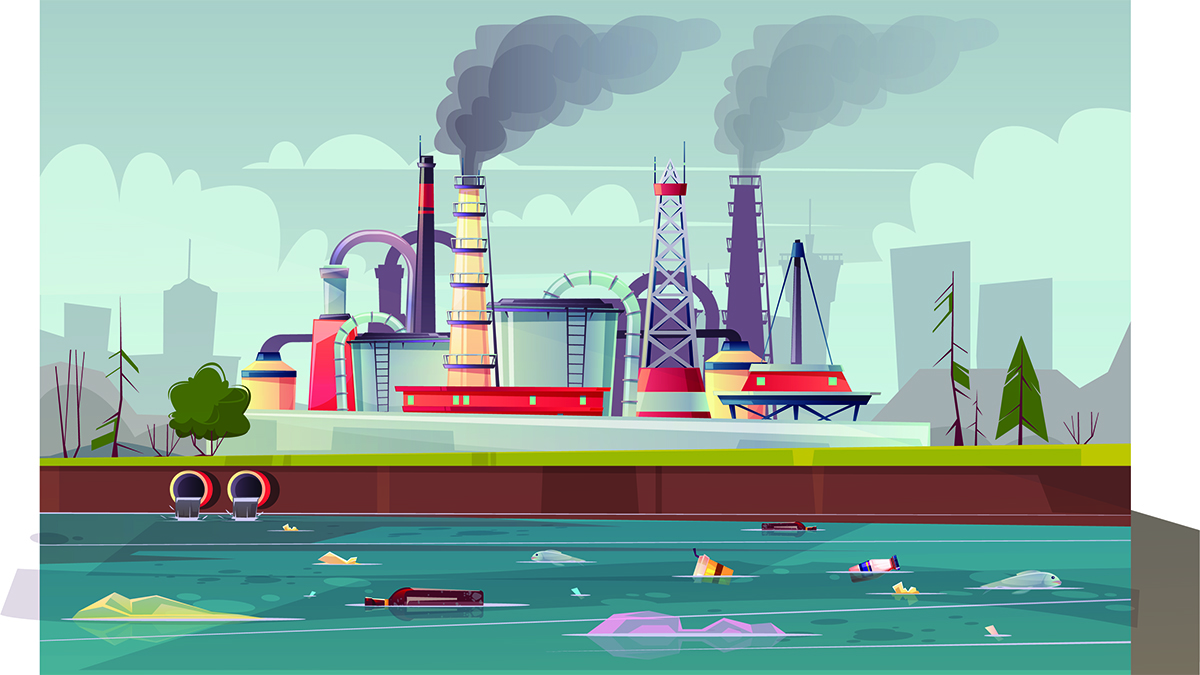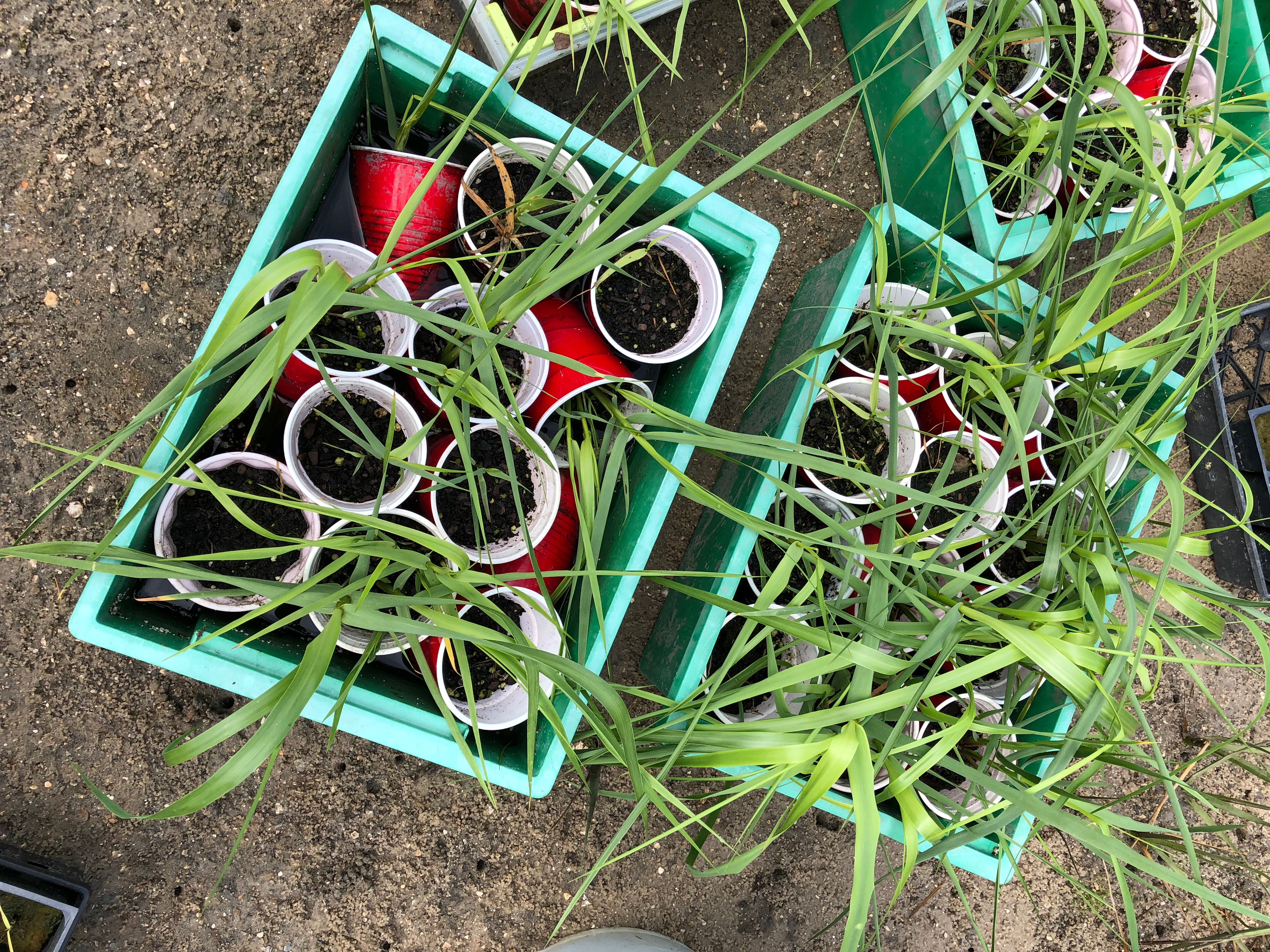Feature
Sowing Spartina
Fifth graders learn how planting this key species can lead to a cleaner marsh
Feature
Talking Trash
A Human Problem with Human Solutions
Science and Children—April/May 2020 (Volume 57, Issue 8)
By Lauren Wisbrock, Erin Reynolds, Jen Mertins, Anne Schultz, Timothy Hoellein, and Lara Smetana

The Poetry of Science
Health, Literacy, & Poetry
Science and Children—April/May 2020 (Volume 57, Issue 8)
By Sylvia Vardell and Janet Wong
Teaching Through Trade Books
Investigating Earth’s Interactions
Science and Children—April/May 2020 (Volume 57, Issue 8)
By Christine Anne Royce
The Early Years
Becoming Scientifically Literate
Science and Children—April/May 2020 (Volume 57, Issue 8)
By Peggy Ashbrook
Formative Assessment Probes
Uncovering Parent’s and Children’s Ideas in Science
Science and Children—April/May 2020 (Volume 57, Issue 8)
By Page Keeley
Tech Talk
Hacking and Tracking Healthy Living
Science and Children—April/May 2020 (Volume 57, Issue 8)
By Heather Pacheco-Guffrey
Disequillibrium
Combustion and a Jumping Flame
Science Scope—April/May 2020 (Volume 43, Issue 8)
By Cole Entress
Feature
Finding Team Clean
Partnering to Restore a Local Riparian Zone
Science Scope—April/May 2020 (Volume 43, Issue 8)
By KATHRYN A. BALDWIN, R. LANCE POTTER, ELI HOLM, KAT HALL, BRIAN WALKER, AND REBECCA HANSEN

Press Release



